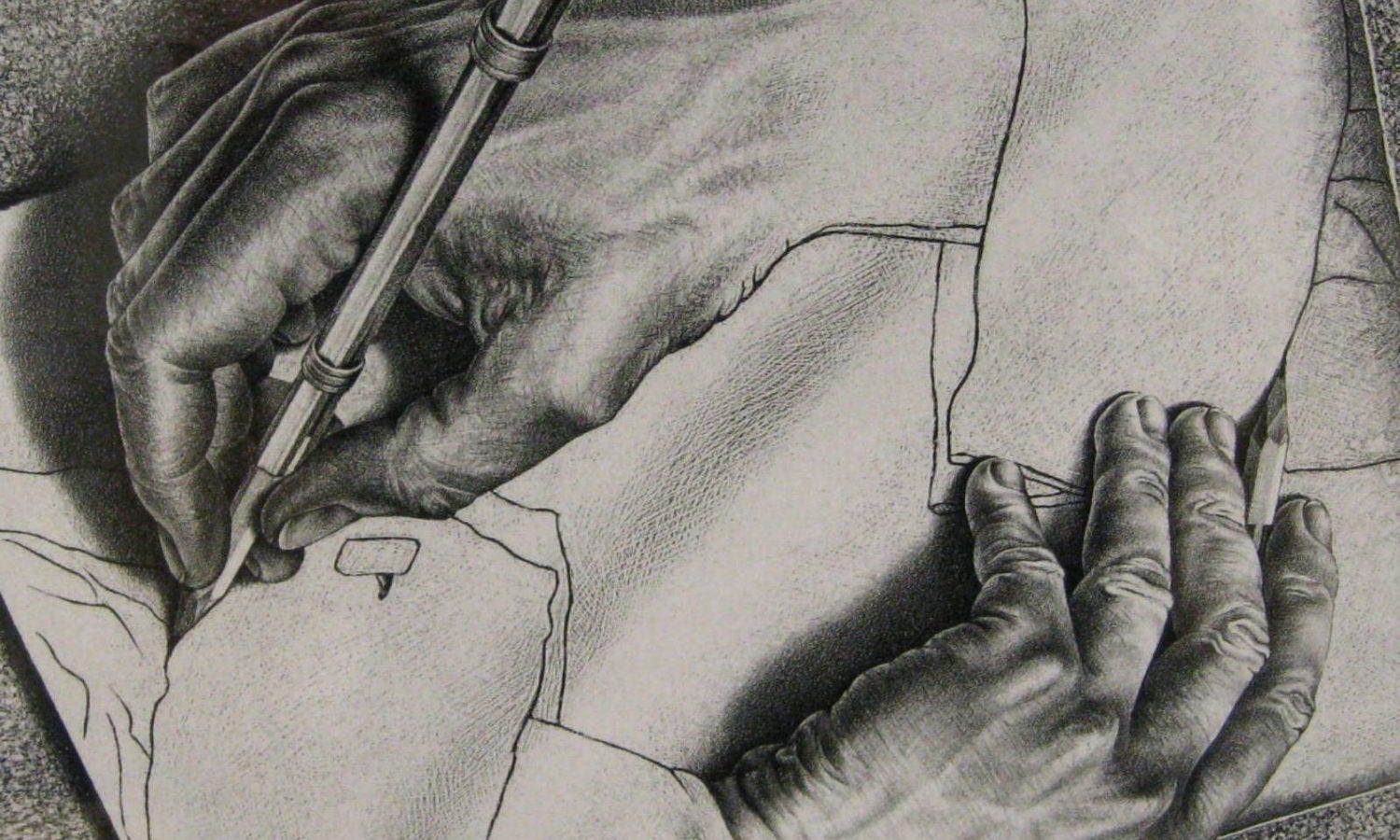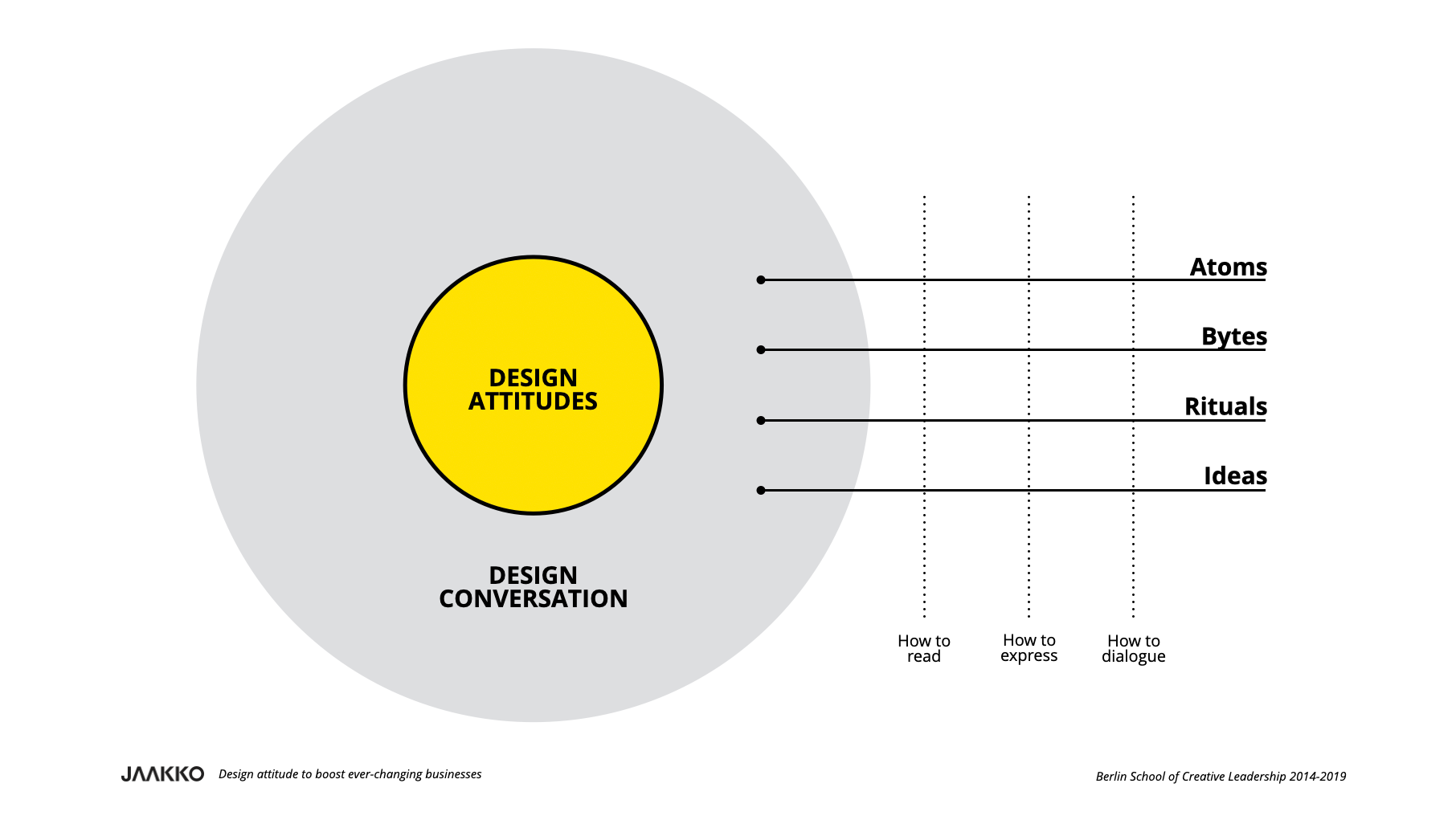

Redesigning design(ers)
source link: https://uxdesign.cc/redesigning-design-ers-7d4f6dcb63c5
Go to the source link to view the article. You can view the picture content, updated content and better typesetting reading experience. If the link is broken, please click the button below to view the snapshot at that time.
Responses
Also publish to my profile
There are currently no responses for this story.
Be the first to respond.

Last year I’ve completed 20 years as a professional designer, and during that time, I had the opportunity to be involved in several kinds of projects, from motorboats to new business, from a single design piece (physical and or digital) to a whole ecosystem. Yes, a lot of challenges! But, what makes me happier when I look back, is all the people that I had the opportunity to work with! Really amazing people! ❤ Thank you all.
If I just take into account designers (and “designers like”*), I would say (based on a rough calculation**) the number of people I've worked with should go over 1.000 designers. And, why this number is so important here? Because I will use it somehow as a data source in order to present my reflections here in this article.
First things first: design
If you Google “design” you can find several definitions of design, but since the idea here is not to debate on it, I’ll bring three complementary definitions that I believe will cover all. First one is by Bryan Lawson in his book “How Designers Think”:
“Design is both a noun and a verb and can refer either to the end product or to the process.”
_Bryan Lawson
Based on this sentence, we can assume design as an artifact, such as a chair, the cover of a book or an app, while it’s about the act, the process of creating something as we’ve called the design (thinking) process. The second sentence is from Mario Fioretti, former Director of Design and Innovation at Whirlpool's LATAM, with whom I had the pleasure of working and, therefore, I don’t remember when or where I heard exactly from him:
“Design is the ability to solve a problem. More than that, to create enchantment.”
_Mario Fioretti
Design is about function and beauty at the same time. Is about subjectivity and rationality. In other words, design is duality. Design lives between ideas, concepts, worlds, and different ways of thinking. design is (can be) a connection. The last one is from László Moholy-Nagy, Hungarian painter and photographer and former professor in the Bauhaus school.
“Designing is not a profession but an attitude."
_László Moholy-Nagy
Being a designer goes beyond training and technical skills. It is related to a way of acting, thinking, and seeing the world. It is as (or more) related to interpersonal skills. Or better said, the balance of both.
A moving further design
Based on these sentences, three key components compose the design framework: first, the design result (‘c’), it is related to design’s capacityto impact business and people’s life; second, the design process (‘b’), the capacity to diverge perspectives/approaches and capacity to converge to a possible solution, a broader process that can englobe all types of design; third, the designer (‘a’) — the individual who will perform a design process in order to achieve a (design) result.

(c) Design results.
Designers are well-known being problem solvers but we are also more and more becoming problem setters. Meaning, we are helping people and institutions to reframe their problems in order to seek solutions. In other words, we don’t start with a briefed problem, we start with an unclear issue, usually with partial data or signs of the consequence but not the root problem itself.
Since we have a fuzzy start, we can have infinite results. As mentioned, as designers we create a single piece or a whole ecosystem. With that said, the idea of beauty will be not only restricted to a shape but also to rituals, on how we can harmonize processes in order to create value.
Value to the business? Not only. For people for sure but especially for society, for the planet. We have to trespass the limits of the present and embrace the idea of the future. We can not think about impacting only today, we have to embrace the idea of impacting tomorrow and understand the impact of our actions and decisions as designers. As creators. Impacting billions of lives as a smartphone or a plastic bottle. All designed and created by someone.
(b) Design process.
To reflect these new results possibilities, the design process has changed to be more open. Instead, a process where ‘you can let me have my great idea alone and I’ll be right back’ was imperative for a process where ‘we’ll understand (and learn) together with how to reach a result’ become essential. More ‘we’ and less ‘I’.
So, no more design heroes. The rise of the design teams. Multidisciplinary teams, formed by a mix of trained designers and ‘designers like professionals who works together in order to dive into a context to seek a solution. The creative process became an encouraging process. A process that invites others to navigate on the unknown, to take risks, and to envision a future. We do not ‘design for’ anymore. We ‘design with’. With others, with clients, consumers.
To work together, we need to create a dialogue and include as many people as possible in this conversation. We, as designers, have a duty to break the white-male-dominated logic which has designed the world until today. We have to open space and/or empower others to design a context with more voices, perspectives, and realities. There is no absolute truth, so there shouldn’t be an absolute view of the world.
(a) Designer.
In order to build something as a team, as a collective, we cannot be guided only by our intuitions but also (or mainly) by data and facts. Data-driven design should take the same space of intuition-driven design, which drove us here. Designers will have to develop their creative and analytical skills at the same time and level. We will have to learn to work with manipulating numbers with the same intensity we mold shapes.
Working comfortably with the unknown may have been a differentiator, today it is imperative. But, more importantly, it will be the ability to lead and guide others in that same direction. How to encourage to follow a path that none of us know? Creating a space for exchange and trust where everyone participates and decides. Be a mentor, a coach, a learner, a human will be much more important than being a designer.
The challenge goes beyond the ability to acquire new knowledge and/or technical skills. It is necessary to develop new attitudes. Designers are control freaks by nature and will need to work more as curators. Really questioning the contextual reality in order to embrace different opinions to create flexible realities.
A temporary conclusion.
As I said at the beginning of this text, it is a reflection based on my last 20 professional years. A reflection far from over but it helps me to observe what is happening around me. To illustrate this thought, I made the frame below.
Design Attitude refers to the mindset that needs to be developed. It is the basis of being a designer and not just being trained in design. Outside the circle, Design Conversation is related to new hard and soft skills that will help fixed teams or not create a common ground a unique language. In this way it will be easier to read the world and express and dialogue with it. Probably creating a new language, new symbols, artifacts, rituals and ideas.
Far from trying to find an answer, this text is more to raise questions. The world changes, the design changes and I always ask myself: am I changing at the same speed?

* Designers like’ is a term used by me to define people without classical design training but with a design attitude.
** Five years as graduation professor with an average of four classes per year and 30 students per class: 600 students. Two years as a post-graduation professor with three classes per year with 20 students per class, 120 students. The total of students is around 720. I’ve worked in four different companies with an average of 40 designers in each team: 160 professionals. And my last two jobs, over 100 designers each. (I am not taking into consideration how many people left (and entered) those teams during that period neither any classes under 32 hours, side projects or freelancers)
Recommend
About Joyk
Aggregate valuable and interesting links.
Joyk means Joy of geeK